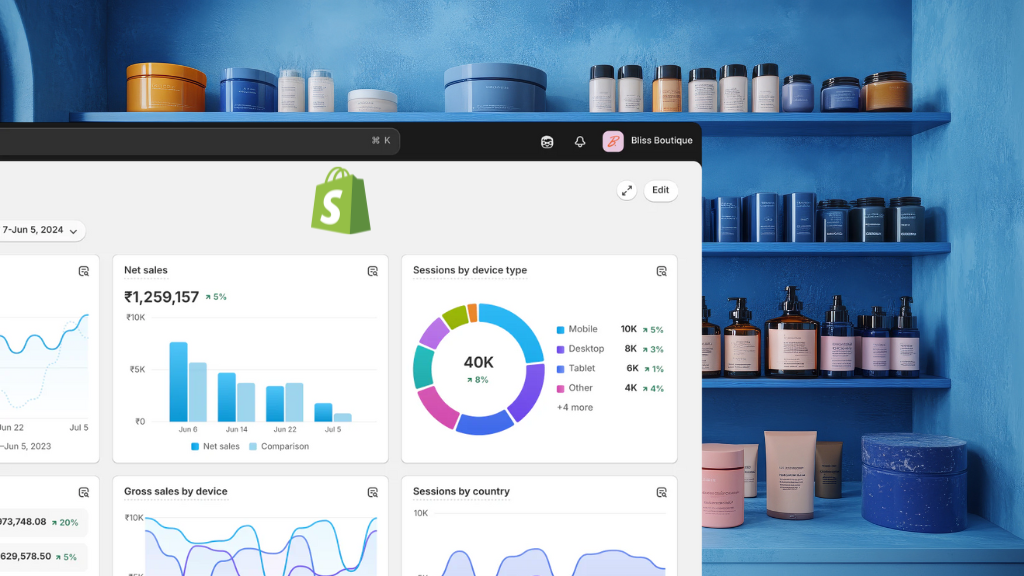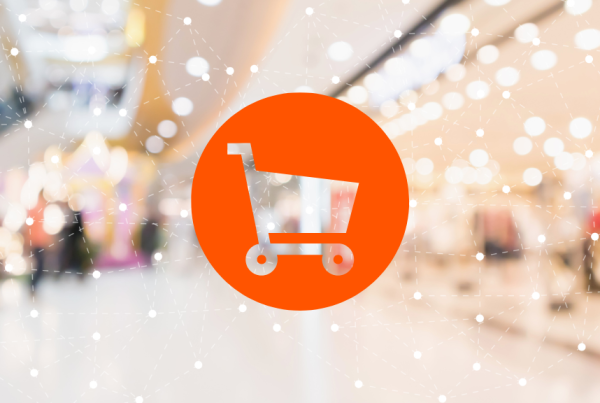Most Shopify store owners check the same basic numbers every day: total sales, website visits, and conversion rates. But the real money-making insights come from tracking hidden metrics that most people completely ignore. These overlooked numbers can show you exactly how to grow your business smarter, not harder.
The Bottom Line
The most important hidden metrics are: how different customer groups behave over time, what people actually do on your product pages, where exactly customers quit during checkout, and when the best customers shop. These metrics give you specific actions you can take to make more money.
Track Your Customer Groups Over Time
Why This Matters
Think of your customers like graduating classes in school. Your January customers are different from your holiday customers, just like seniors are different from freshmen. By grouping customers based on when they first bought from you, you can see which groups spend more money and stay loyal longer.
What to Look For
Monthly Customer Groups: Track how much each month’s new customers spend over their first year. For example, customers who first bought in April might spend $45,000 total while March customers only spend $30,000. This tells you something special happened in April that you should repeat.
Holiday vs. Regular Customers: People who find you during sales often behave differently than regular shoppers. They might buy more at first but come back less often. Or they might become your best long-term customers. Track both groups separately.
Future Spending Predictions: Shopify can now predict how much customer groups will spend in the future based on past behavior. This helps you plan inventory and marketing budgets.
How to Use This
- Find your best customer months and repeat whatever marketing you did then
- Spot problems early when customer groups start spending less
- Improve your welcome process by studying what makes your best customers different
See What Really Happens on Your Product Pages
Beyond Just Page Views
Most people only look at how many people visit their product pages. But what matters more is what visitors actually do while they’re there.
What to Track Instead
Time Spent Reading: People who spend more time reading your product pages usually buy more. But this varies a lot between different products. A $20 item might only need 30 seconds while a $200 item needs 3 minutes.
Related Product Clicks: Shopify shows you which “customers also bought” suggestions people actually click on. If nobody clicks your suggestions, you’re missing easy sales opportunities.
Search to Purchase Path: When people use your search bar, they’re already interested in buying. Track how many of these searchers actually buy compared to people who just browse around.
Why This Helps
Products that get lots of views but short reading times might have bad photos or confusing descriptions. Products with fewer views but longer reading times are hidden gems you should promote more.
Find Exactly Where You Lose Customers
More Than Just “People Abandoned Their Cart”
Everyone knows about cart abandonment, but knowing exactly where and why people quit gives you specific fixes to try.
The Detailed View
Shopping Cart to Checkout Ratio: For every 100 people who add items to their cart, about 50 should reach the checkout page. Then about 25 of those should complete their purchase. If your numbers are way off, you know exactly where to focus.
Mobile vs. Desktop Problems: People quit way more often when shopping on phones. Almost half of mobile shoppers quit during checkout. If most of your customers use phones, fixing mobile checkout should be your top priority.
Payment Method Success: Track which payment options people choose and how often they actually complete the purchase. Apple Pay users might finish buying 90% of the time while credit card users only finish 60% of the time.
Common Quit Points
Surprise Shipping Costs: Almost half of people quit when they see unexpected shipping charges. Track how many people quit right after shipping costs appear versus other checkout steps.
Too Many Forms: One in four people quit when you ask them to create an account. Watch which specific form fields make people leave.
When Your Best Customers Shop
Timing Is Everything
Most store owners focus on what customers buy, not when they buy it. But timing patterns reveal huge opportunities to make more money.
Patterns to Watch
Best Shopping Days: Customers who first buy on weekends might behave totally differently than weekday shoppers. Weekend buyers might browse more before purchasing again, while weekday buyers might be impulse shoppers.
Time of Day Quality: People who shop at 2 PM might return items less often than people who shop at 2 AM. Or morning shoppers might have higher average order values. Track these patterns to optimize your promotions.
How Long People Think Before Buying: Some customers buy immediately while others think about it for weeks. The quick buyers and slow thinkers often have very different lifetime values.
Marketing Channel Timing
Long-term vs. Short-term Channels: Some marketing channels bring customers who look bad at first but become great over time. Others bring customers who spend a lot immediately but never come back. Track both patterns.
Inventory and Product Insights
Early Warning Signals
Product Sales Speed: Track how fast products sell compared to last month. Slowing sales often warn you about problems before your revenue actually drops.
What People Buy Together: Find products that customers frequently buy in the same order. These natural pairs are perfect for bundles or promotions.
Seasonal Changes: Track which products sell better in different months so you can plan inventory and avoid being stuck with unsold items.
Search and Website Navigation
What Customers Really Want
Searches That Find Nothing: Keep a list of searches that don’t return any products. These searches tell you exactly what customers want that you don’t offer.
How People Refine Searches: Watch how customers change their search terms. If they search for “blue dress” then change to “navy dress,” you might need better search results or product tags.
Best Starting Pages: Track which pages people land on first and what they do next. Some pages might get lots of visitors but lead to poor sales.
Getting Started: Easy Wins First
Start Simple
- Turn on customer group tracking in your Shopify dashboard and check it monthly
- Compare mobile vs. desktop checkout rates and fix the bigger problem first
- List your zero-result searches and either add those products or improve your search
- Track which months bring your best customers and plan marketing around those patterns
Advanced Tools
When you’re ready for deeper insights, consider adding specialized apps:
- Customer Analysis: Apps like Lifetimely or Repeat Customer Insights give more detailed customer behavior data
- Page Behavior: Heat mapping tools show exactly where people click and scroll on your pages
- Better Attribution: Multi-channel tracking helps you understand the complete customer journey
Why This Gives You an Edge
While your competitors only look at basic sales numbers, these hidden metrics work like an early warning system. They show you problems before they hurt your profits and opportunities before your competitors notice them.
Businesses that use detailed analytics average 2.77% conversion rates, but those who track behavior patterns consistently beat these averages.
The trick is turning these insights into regular habits. Pick one or two metrics to start with, master them, then gradually add more. Your profits will grow as you get better at understanding your customers’ real behavior patterns.
Remember: you’re already collecting most of this data. You just need to start looking at it differently. Start small, stay consistent, and watch your business grow smarter.




